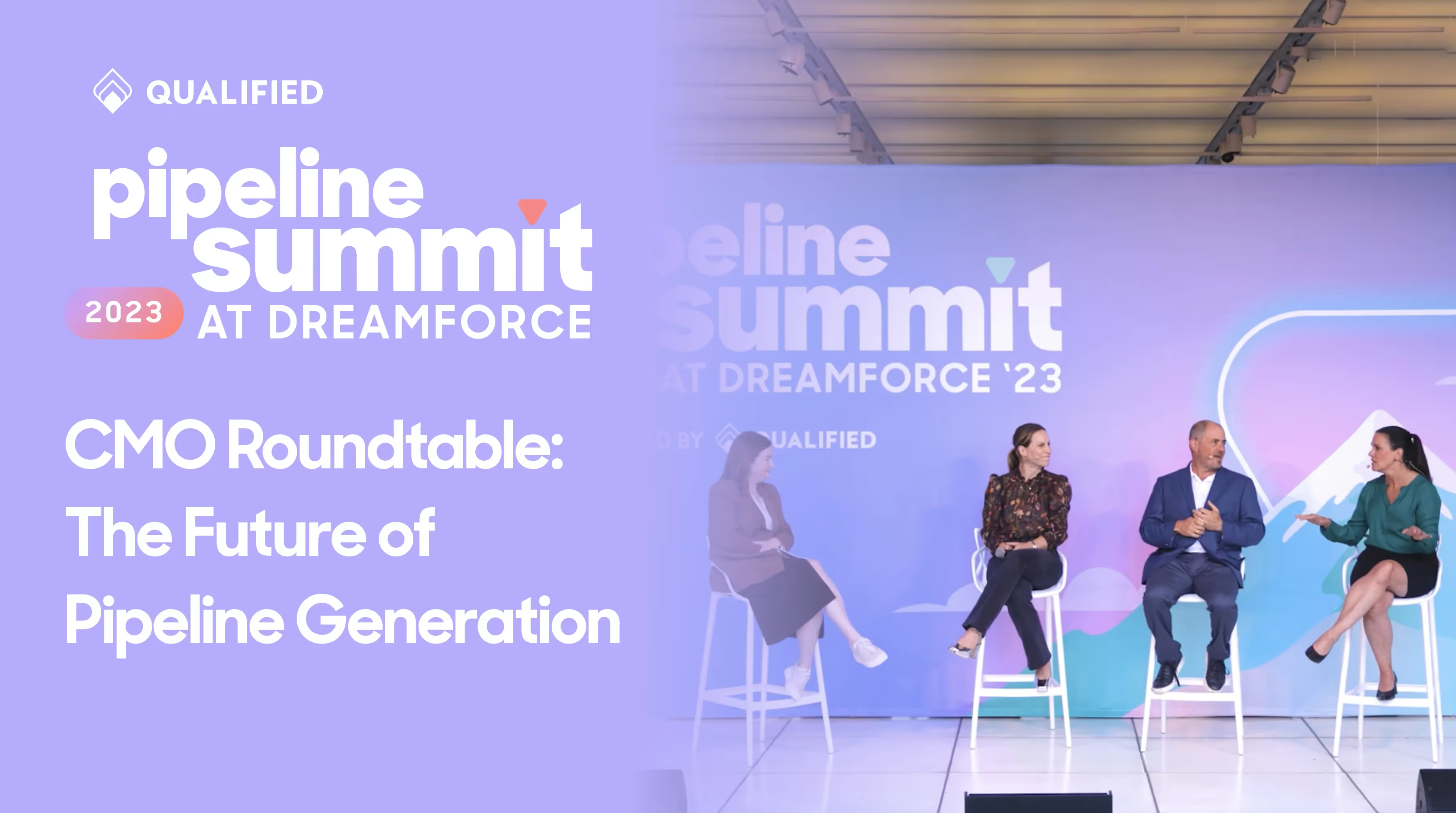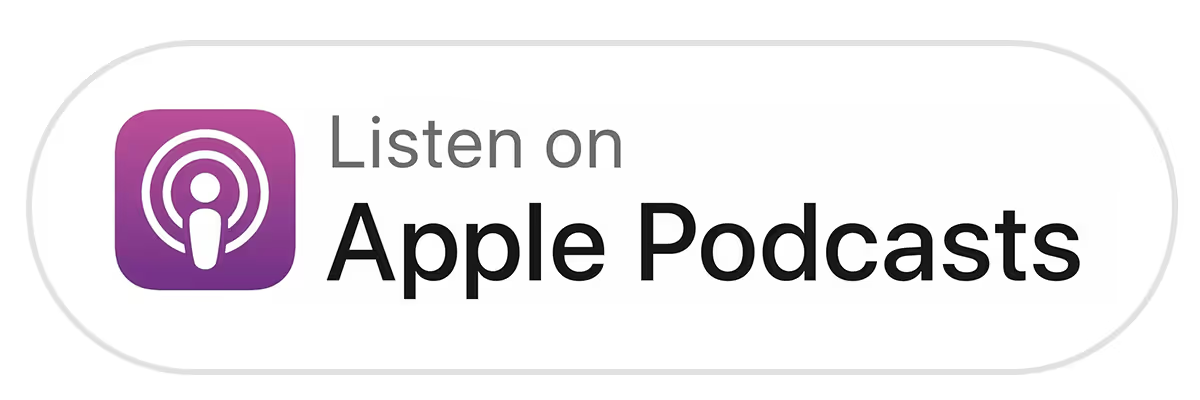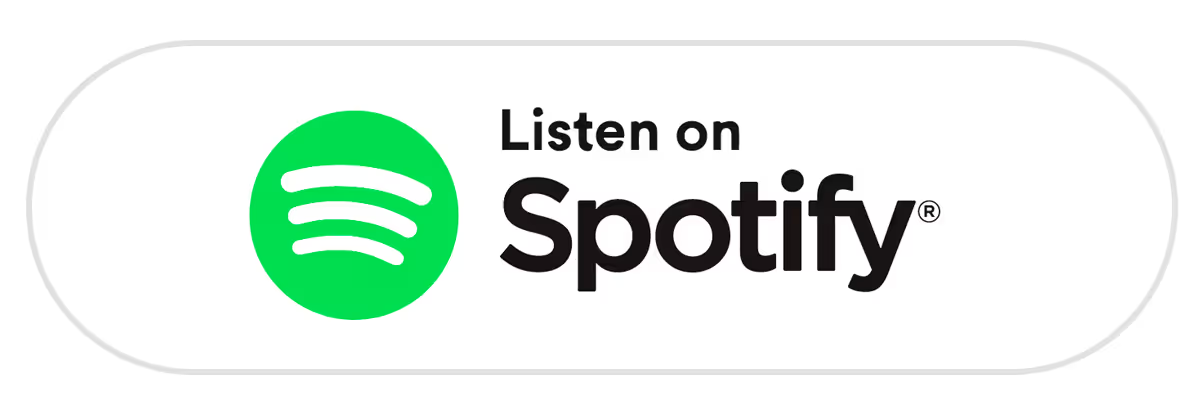CMO Roundtable: The Future of Pipeline Generation
Hear from incredible marketing leaders on how they’re integrating AI into their pipeline generation strategies, their takes on how content needs to evolve to rise above the noise, and the shift in focus from paid channels to owned media and owned events.


















.svg)


